Biggest Tarantula Spiders Top 5 Facts
The world of tarantulas is fascinating, filled with creatures of varying sizes, colors, and behaviors. Among these, some stand out due to their impressive size, earning them the title of ‘biggest tarantula spiders.’ These giants not only capture the attention of arachnid enthusiasts but also play a significant role in their ecosystems. This article delves into the top facts about these remarkable spiders, exploring their characteristics, habitats, and the challenges they face. From the Goliath Birdeater to other notable species, we’ll uncover what makes these spiders so unique and how they thrive in their environments. Discover the world of these amazing creatures and learn why they are so captivating.
The Goliath Birdeater: A Giant Among Spiders
The Goliath Birdeater (Theraphosa blondi) rightfully claims its place as the largest tarantula in the world, recognized for its massive size and imposing presence. This species, native to the rainforests of northern South America, can boast a leg span that stretches up to an incredible 12 inches (30 cm) or more. This colossal size, combined with its hairy appearance and intimidating fangs, makes the Goliath Birdeater a truly remarkable creature to behold. The Goliath Birdeater is not only large in terms of its leg span but also possesses a considerable body mass, with some specimens weighing over 6 ounces (170 grams). They are a true behemoth in the arachnid world and their size alone sets them apart.
Size and Appearance of the Goliath Birdeater
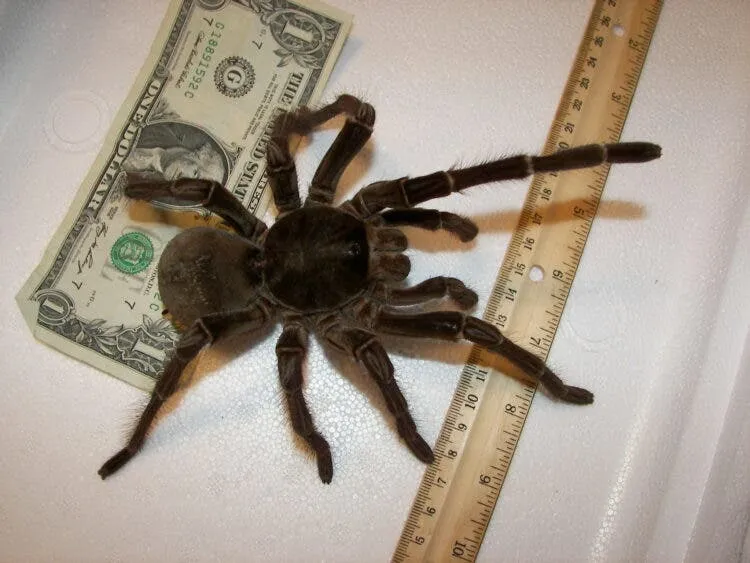
The Goliath Birdeater’s sheer size is its most striking feature, but its overall appearance also contributes to its impressive nature. The body is covered in dense, reddish-brown hairs, providing both camouflage and sensory information. The chelicerae, the spider’s jaws, are large and powerful, capable of delivering a painful bite if provoked. The legs are thick and sturdy, enabling the spider to navigate its environment and hunt for prey. Their fangs can reach up to 1 inch (2.5 cm) in length, making them some of the largest fangs among spiders. Their overall appearance is a clear indication of their power and dominance in their natural habitat. (Image Goliath Birdeater)
Habitat and Distribution
The Goliath Birdeater is native to the rainforests of northern South America, including countries like Brazil, Venezuela, Guyana, Suriname, and French Guiana. These spiders prefer humid environments with high rainfall and thrive in areas with dense vegetation. They typically live in burrows, often constructed under logs, rocks, or within the soil. Their camouflage helps them blend seamlessly with their surroundings, making them formidable ambush predators. Their distribution is limited to these specific regions, highlighting the importance of conserving their natural habitat. (Image tarantula habitat)
The Brazilian Giant Blond Tarantula
The Brazilian Giant Blond (Lasiodora parahybana) is another contender for the title of largest tarantula, often reaching impressive sizes comparable to the Goliath Birdeater. Native to Brazil, this species is known for its robust build and striking appearance. Their large size, combined with their relatively docile temperament compared to some other tarantulas, makes them popular among tarantula keepers. The Brazilian Giant Blond is a testament to the diversity of size and appearance within the tarantula family.
Physical Characteristics
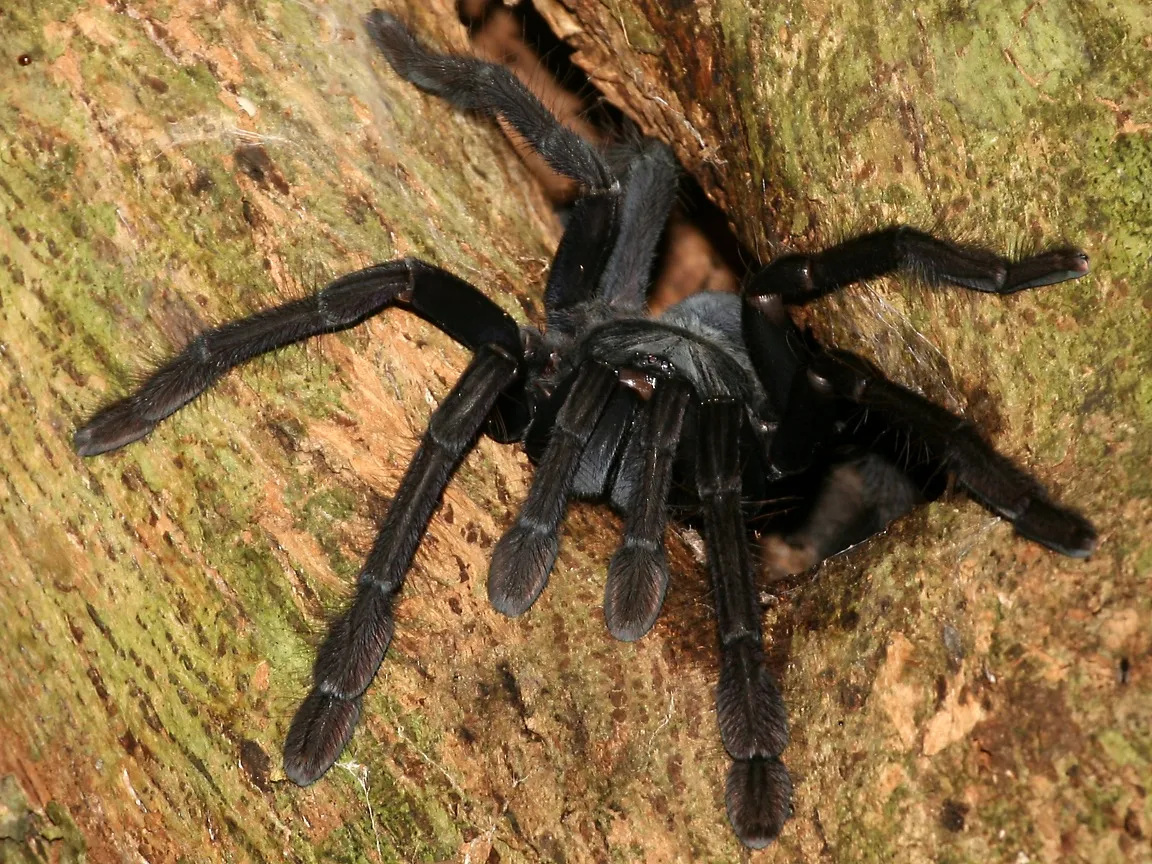
The Brazilian Giant Blond is characterized by its reddish-brown coloration and a body covered in coarse hairs. They have a leg span that can reach up to 10 inches (25 cm), making them one of the largest tarantula species. Their bodies are sturdy and robust, reflecting their powerful build. They are known for their striking appearance and often become the focal point of any room where they are kept. (Image Brazilian Giant Blond)
Geographic Distribution
The Brazilian Giant Blond is native to the coastal regions of Brazil, where they inhabit various habitats including grasslands, savannas, and tropical forests. They are well-adapted to the local climate and environmental conditions. Their distribution within Brazil is relatively widespread, and they are often found in areas with abundant prey and suitable shelter. The relatively high adaptability of this spider contributes to its success in the wild, and they have also become a popular species in the pet trade, owing to their size and relatively docile nature.
Other Notable Big Tarantula Species
Beyond the Goliath Birdeater and the Brazilian Giant Blond, several other tarantula species also exhibit impressive sizes and characteristics, capturing the interest of arachnid enthusiasts worldwide. These include species that may not be the absolute largest but certainly stand out due to their size, appearance, or unique traits. Examining these species provides a broader understanding of the diversity and majesty within the tarantula family. This section introduces a few additional giants.
The Heteroscodra maculata
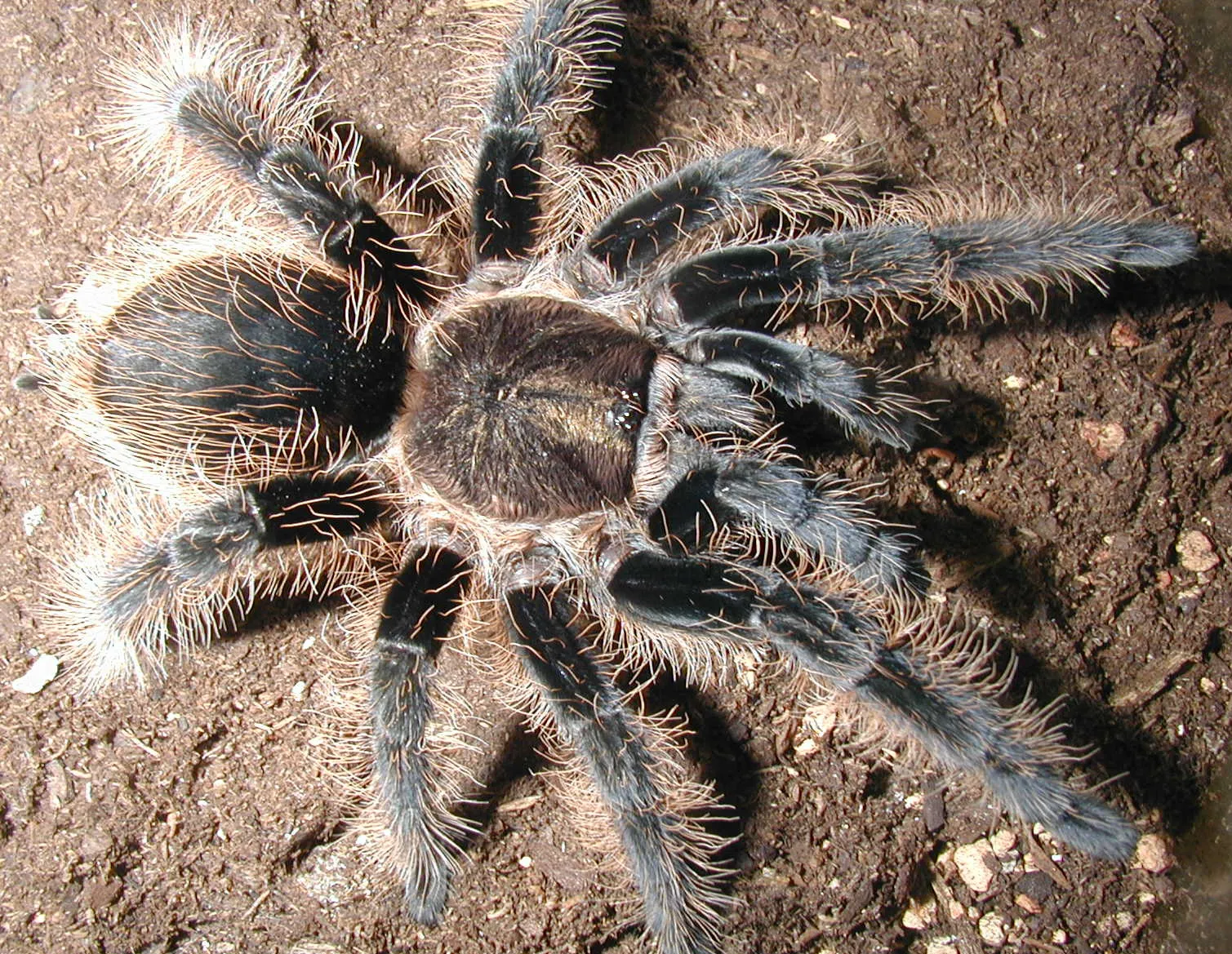
The Heteroscodra maculata, also known as the Togo Starburst tarantula, is an African tarantula species known for its striking appearance and relatively large size. With a leg span that can reach up to 7 inches (18 cm), this tarantula is an impressive sight. Their coloration, typically featuring a mix of grey and brown with starburst patterns on their carapace, adds to their visual appeal. They are known for their arboreal lifestyle, preferring to live in trees and utilizing their strong claws to grip surfaces. (Image Heteroscodra maculata)
The Poecilotheria
The genus Poecilotheria, often referred to as ornamental tarantulas, includes several species of large, arboreal tarantulas that are prized for their striking patterns and colors. These spiders are native to South Asia and possess leg spans that can extend up to 10 inches (25 cm). Their elaborate patterns and vibrant colors make them popular among hobbyists. While beautiful, they are also known for their potent venom and can deliver a painful bite. Their arboreal nature and specialized habitat requirements make them fascinating creatures to observe and care for. (Image Poecilotheria)
The Theraphosa Apophysis
Theraphosa apophysis, sometimes called the pinkfoot goliath, is a close relative of the Goliath Birdeater, also native to South America. While not as large as the Goliath Birdeater, this species can still reach a leg span of up to 10 inches (25 cm), making it one of the biggest tarantulas. The Theraphosa apophysis is notable for its pinkish coloration on its legs and its powerful build. This coloration, which is quite distinct, adds to its visual appeal. It shares a similar lifestyle to the Goliath Birdeater, living in burrows and preying on insects and other small animals. (Image Theraphosa Apophysis)
Diet and Behavior of the Biggest Tarantulas
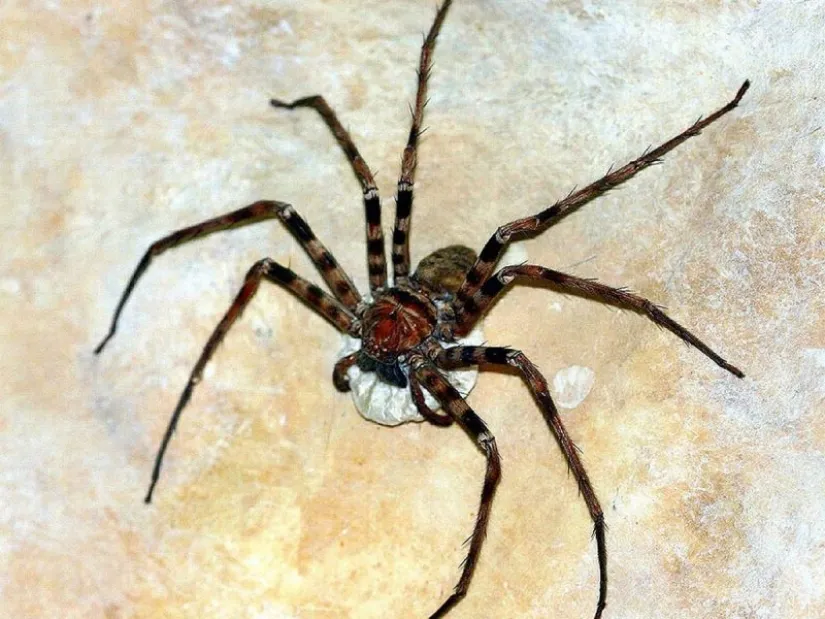
The biggest tarantulas are formidable predators with diets that reflect their size and hunting strategies. Their behavior, from hunting to defense, is finely tuned to ensure their survival in their natural habitats. Understanding the feeding habits and defensive mechanisms provides deeper insight into the lives of these remarkable creatures.
Feeding Habits
The Goliath Birdeater, as its name suggests, is known to consume small birds in the wild, although their diet primarily consists of insects, other arachnids, and small vertebrates such as lizards and rodents. They are opportunistic feeders and will consume whatever prey they can subdue. They are ambush predators, lying in wait in their burrows or hiding spots, and pouncing on unsuspecting prey. Their powerful fangs and potent venom assist in subduing and digesting their meals. (Image tarantula feeding)
Defensive Mechanisms
When threatened, the biggest tarantulas employ a range of defensive mechanisms. They may flick urticating hairs from their abdomen, causing irritation to potential predators. They also possess powerful fangs and can deliver a painful bite. In addition, they may raise their front legs in a threat posture, signaling their readiness to defend themselves. They can also make a hissing sound by rubbing their legs together, further warning off potential threats. These strategies help them survive in environments where predation is a constant threat.
Conservation Status
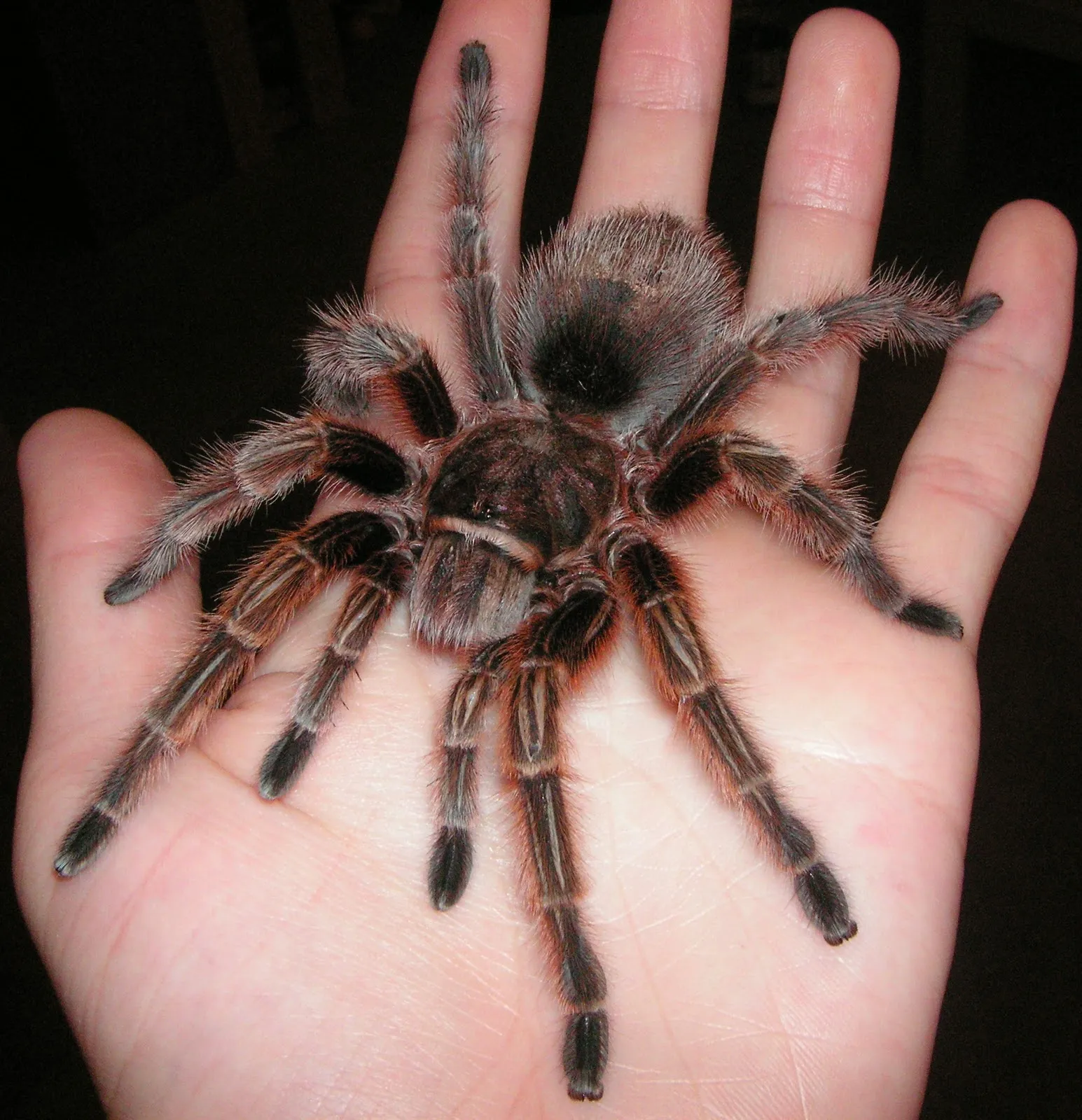
The conservation status of the biggest tarantula spiders varies depending on the species and the threats they face. Habitat loss, the pet trade, and climate change are the main threats. Understanding these factors and promoting conservation efforts are crucial for preserving these magnificent creatures.
Threats to Tarantula Populations
The biggest tarantulas face several threats. Habitat loss due to deforestation and urbanization is a significant issue. The pet trade can also impact populations, with over-collection leading to declines in certain areas. Climate change and its effects on their habitats, such as altered rainfall patterns and increased temperatures, also pose threats. These challenges require careful management and conservation to ensure these spiders continue to thrive in their natural environments. (Image tarantula habitat)
Conservation Efforts
Conservation efforts for tarantulas include habitat protection, sustainable pet trade practices, and public education. Protecting their natural habitats is essential for their survival. Encouraging responsible pet ownership and combating illegal collection is also crucial. Educating the public about these spiders and their importance in the ecosystem helps build support for conservation initiatives. Through concerted effort, we can protect these fascinating creatures for future generations. (Image tarantula conservation)
In conclusion, the biggest tarantula spiders are remarkable creatures that captivate with their size, beauty, and unique behaviors. From the Goliath Birdeater to the Brazilian Giant Blond and other impressive species, these spiders highlight the diversity of the arachnid world. By understanding their diets, defensive mechanisms, and the threats they face, we can work to protect these giants and ensure they continue to thrive in their natural habitats. Conservation efforts are essential to safeguard these impressive spiders for future generations, so appreciate these incredible creatures, respect their habitats, and support initiatives to protect them.
